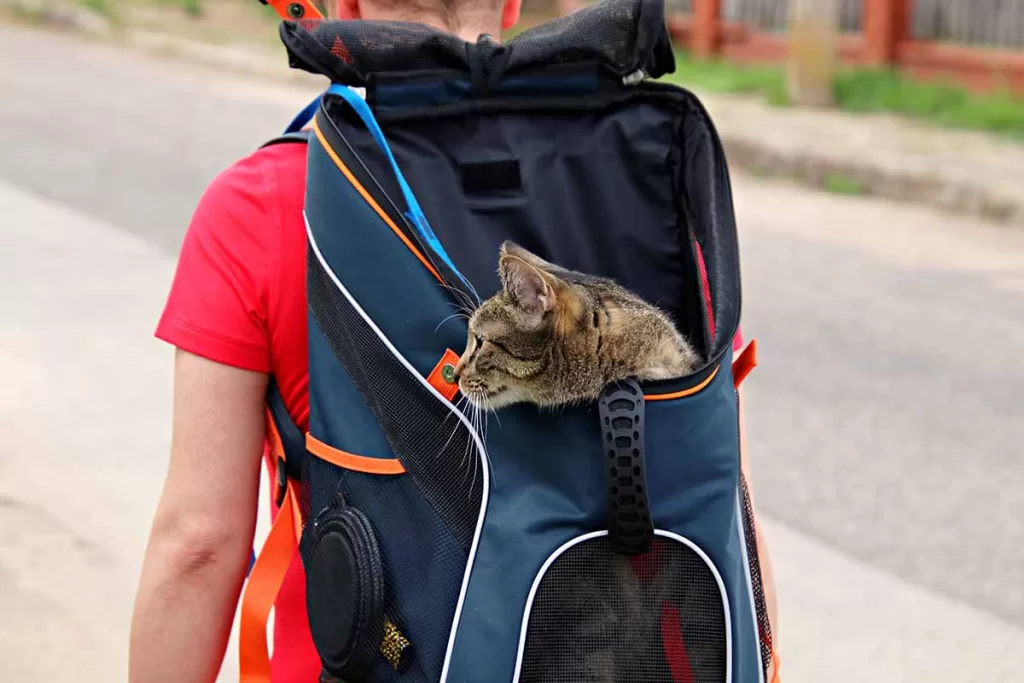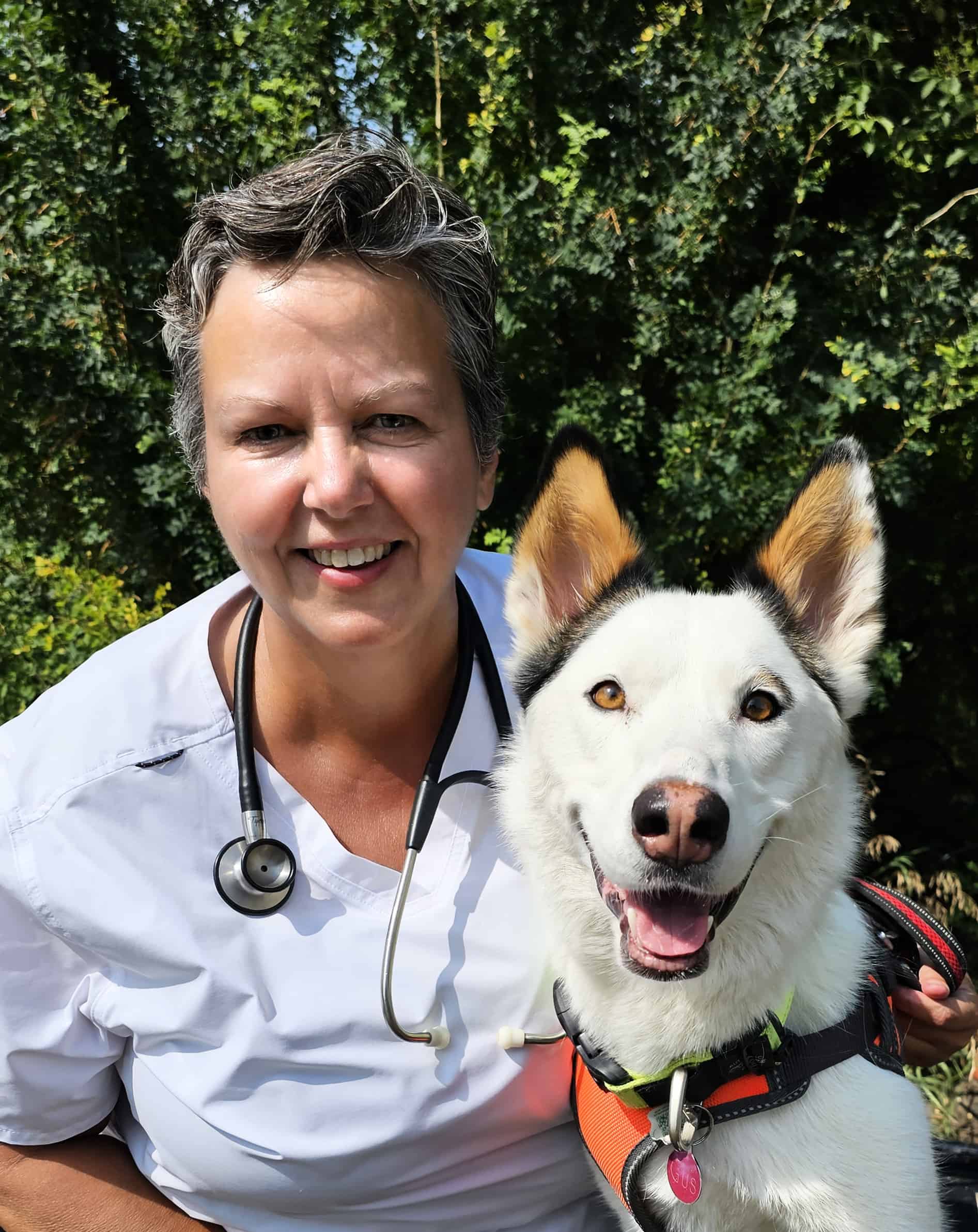Are you looking for information on how to safely and comfortably travel with your cat on an airplane? From the worries over pet fees to trying to keep your pet comfortable during take-off and landing, there’s so much to consider.
The key to flying stress-free with your cat is advanced preparation. Research the airline’s requirements and expectations for pet travel before booking. Talk to your vet about your cat’s health and whether a sedative is needed, and make sure to pack essential supplies in case of unexpected delays.
With the right preparation and research, you can make air travel with your cat a comfortable and stress-free experience for both of you. With that in mind, let’s explore the key steps to ensure an enjoyable trip for both you and your cat.
Is It Safe For Cats To Fly On Airplanes?
The first thing to consider when traveling with your cat on a plane is whether it is safe for them or not. Generally speaking, cats can safely travel in plane cabins as long as there are no health issues that could be exacerbated by the change in altitude.
If your cat has to be shipped cargo, be aware that airlines prohibit the shipping of any brachycephalic (snub-nosed) breeds such as Persian, Himalayan, and Burmese cats or their mixes.
Some airlines may also apply this policy to animals that are traveling in passenger cabins.
Things like advanced age or diseases like liver or kidney disease, cancer, arthritis, and diabetes can make it riskier for your cat to travel by air. Make sure to consult with your veterinarian whether or not your cat is healthy enough to accompany you on your flight.
Most airlines will also require some form of documentation confirming your pet’s vaccinations and overall health. If you are flying internationally, the destination country will have specific requirements around these as well.
Always check with the airline you’re flying with for specific health, breed, and document requirements before booking your flight.

How Stressful Is It For Cats To Fly On Airplanes?
There’s no denying that flying can be stressful for cats. The change in altitude, noise, and movement can all cause anxiety or discomfort. The constant vibration of the aircraft can even result in whisker fatigue on long flights.
To make sure your cat is as comfortable and relaxed as possible, you should prepare in advance for the flight.
Ideally, you are planning your trip with your cat and have time to prepare it for the flight by getting it used to its travel carrier.
I leave my cat’s travel carrier out all the time with comfortable bedding in it. They occasionally sleep in it (especially when one is hiding from the other!) but more often they just play in and on it. Either way, the point is they are comfortable with it.
Allow plenty of time for your own cat to adjust to its carrier, by leaving it out with familiar items inside (like a favorite toy or blanket). You can also leave their favorite treats in it to encourage them to go inside.
There are other steps that you can take to reduce your cat’s stress during the trip. These include using calming pheromone sprays and playing calming music.
You can also talk to your veterinarian ahead of time about medications to sedate your cat during the trip.
How Much Does It Cost To Take My Cat On A Plane?
In addition to the cost of your ticket, airlines will typically also charge a pet fee for cats traveling in the plane cabin. This fee varies between airlines and can typically range from $50-$200.
If you don’t already have one, you will also have to purchase a travel carrier approved by airlines. This carrier can be hard-sided or soft-sided, but it must be able to fit underneath your seat.
Be sure to check with your carrier before booking to make sure you’re aware of all applicable fees.
Can I Buy My Cat A Seat On An Airplane?
Unfortunately, cats are not able to purchase their own seat on a plane. Cats that travel by air are considered carry-on baggage and must travel in a carrier underneath your seat.
The cat carrier cannot travel on the seat beside, nor can the cat be taken out of the carrier during flight even if it is restrained with a leash and harness.
What Kind Of Cat Carrier Do I Need For An Airplane?
The type of cat carrier you need for air travel depends on the airline. Generally, your cat’s carrier should be small enough to fit underneath the seat in front of you and must have a secure locking top or door.
In general, airlines have the following requirements for in-cabin pet travel carriers:
- Soft-sided or hard-sided carriers are allowed.
- The carrier must have a waterproof bottom.
- The carrier must fit under the seat that is in front of you and be small enough to fit comfortably without touching or protruding from the sides.
- Travel carrier dimensions are determined by your flight – a travel carrier that is 18” x 11” x 11” fits most aircraft types.
- The travel carrier must have ventilation openings on three sides (four sides for international travel) and be leak-proof.
- Always check your flight’s requirements before booking to make sure your pet’s kennel will fit.
We recommend checking out this airline-approved pet carrier. We like it because when you are not on the airplane you can expand it to provide your pet with more space. This is a great feature to have especially in the event of unexpected layovers or delays.
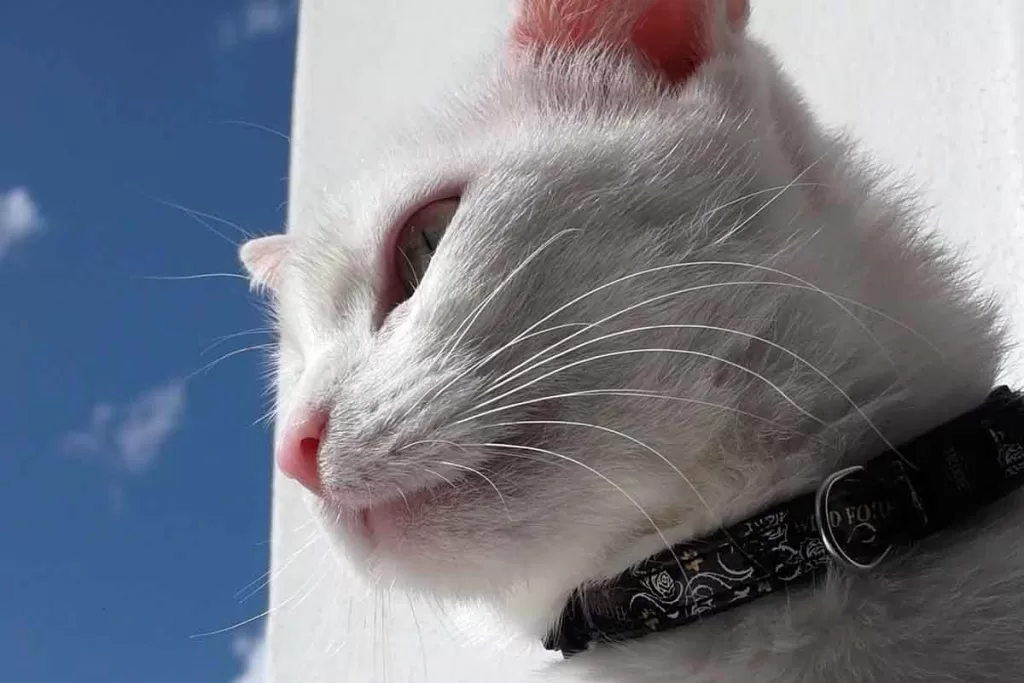
Should I Put My Cat In The Cabin Or The Hold?
Most airlines prefer that cats stay in the cabin as it is typically safer and more comfortable for them.
However, depending on your destination, some countries may require that cats be placed in a cargo hold, so do your research before traveling with your cat.
Also, some large cats, such as Maine Coon cats or Savannah cats, might not be able to fit underneath an airplane seat. If they don’t fit, the only option is cargo travel.
If your cat has to travel in the hold, make sure you are using a hard-sided travel carrier that is approved by the airline. Soft-sided carriers are not safe for cats traveling in the hold since they can easily be crushed.
On the plus side, if your cat has to travel in the hold you have the option of using a larger kennel approved for cargo travel so long as it meets the airline’s specifications. You can use a kennel that is large enough to hold your cat, its bed, and a litterbox!
Be aware, though, that often it is not possible for pets to travel in airline holds. Living cargo has special requirements and not all aircraft are able to meet these requirements. Also, some airlines may have a prohibition against animals traveling in cargo altogether.
If you are traveling to a country that requires animals to travel cargo, but your airline does not allow pets to travel in cargo, then you are just out of luck. Your cat will not be able to fly with you and you will need to make arrangements for its care while you are away.
The most important thing you can do is research your flight and destination ahead of time and understand all of your options before booking.
Can I Take My Cat On A 12-Hour Flight?
If your cat is healthy there shouldn’t be an issue traveling with them on longer flights. However, it’s important to take into consideration the stress that may be put on your pet during such a long journey.
To keep them comfortable, make sure there is enough room in the carrier for them to move around in. They should be able to stand up normally in the travel carrier as well as be able to easily turn around.
Cats can hold their pee for well over 12 hours if needed, so you shouldn’t need to worry about them needing to go to the bathroom during the flight.
However, you still need to line the bottom of the carrier with a puppy pee pad or other absorbent material, just in case they do need to relieve themselves. This also makes it easier to clean up – just take out the soiled pad and put it in the trash and replace it with a fresh one.
If your cat does make a mess in its carrier during the flight, be sure to clean it up as soon as possible. Both your cat and your fellow passengers will thank you.
When you do open the carrier to clean up your cat’s mess, take it into the lavatory to do this. That way your cat is in an enclosed space if it gets out of the carrier, and you won’t upset the crew and passengers by having to chase your cat around the plane!
Does My Cat Need Food And Water During The Flight?
Your cat can easily go 12 hours without eating but plan on offering it water a few times during the flight. Your cat may come with an attached dish that you can put a little water in for it to drink, or you can bring along a collapsible water bowl to use for this.
You may also want to consider bringing along some of your cat’s favorite treats for them, although food of any kind is generally not a good idea if your cat is known to get travel sick.
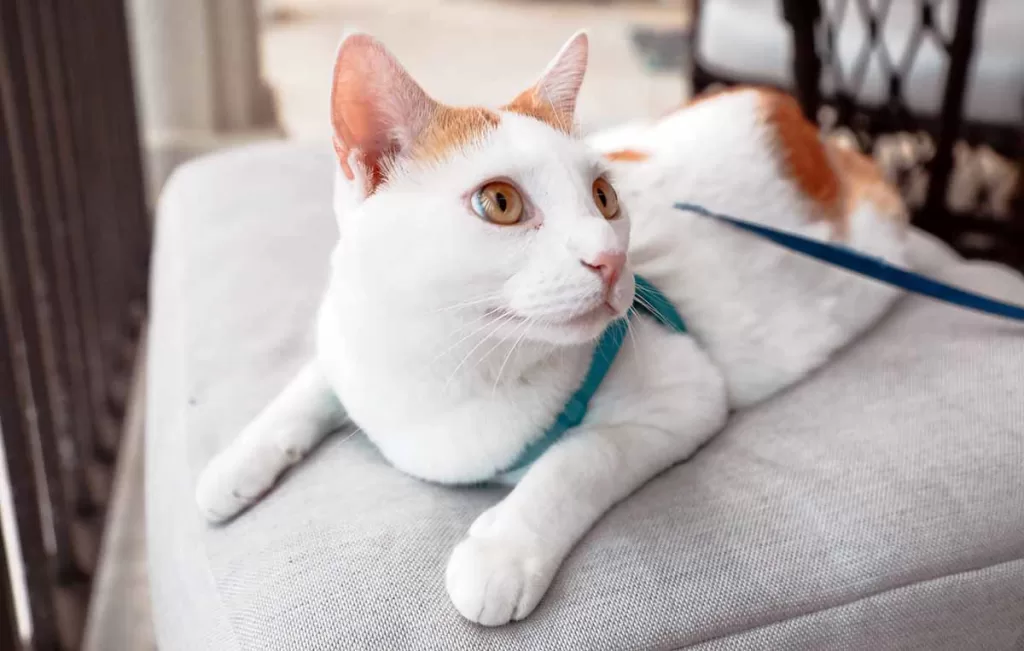
How Long Can My Cat Stay In A Travel Carrier For The Flight?
The longer your cat has to stay in its travel carrier, the more stressful it can be for them. If your flight is longer than 12 hours, consider breaking up the travel time and giving your cat a break in between flights.
Airline rules prohibit taking your cat out of its carrier during the flight, so board your flight expecting that your cat will stay in its carrier until you get to your destination.
Besides the length of the flight itself, you need to take into account how long it will take between leaving your home and boarding your flight plus how long after landing until your get to your destination.
Trips on flights that few hours long can end up being much longer when you consider the total time door-to-door.
Most Airports Have Pet Relief Areas For Your Use
Before you get on a long flight, take whatever opportunity you can to take your cat out of its carrier to stretch its legs and go to the bathroom.
Most airports have pet relief areas that you can use, which are enclosed areas with water and fake grass. However, these are mostly frequented by dogs and your cat may not be comfortable there.
If you do use the pet relief area, keep in mind you probably won’t be the only one there. There is a risk of your cat escaping if someone else opens the door while you have your cat out of the carrier.
Even within the pet relief area, make sure to keep your cat on its harness and leash to prevent an escape.
Can I Take My Cat Out Of Its Carrier In The Departure Area?
Most airports require your pet to remain in the kennel in all areas of the airport apart from the security checkpoint and designated relief areas.
Find A Family Bathroom For Your Cat’s Potty Break
Airports have family bathrooms, which are rooms with doors that lock where parents can take children to the bathroom without worrying about them running away. This also works for cats!
While not an officially approved use, you can use these rooms to let your cat out for a few minutes to provide an opportunity to go to the bathroom. You won’t be carrying a spare litter box around with you, but you can carry a few puppy pee pads or a travel litter box and a bag of kitty litter with you.
Lay out a pee pad or the canvas litter box, sprinkle the cat litter on top, and give your cat about 10-15 minutes to relax and do its business. There’s a good chance they won’t go pee due to their stress levels, but it never hurts to give them the opportunity when you can.
It goes without saying, of course, to make sure you clean up the pee pad and litter before you leave the room, whether the cat uses it or not.
How Do I Get My Cat To Stop Meowing On A Plane?
Ideally, you will have prepared ahead of time to help your cat be calm during the flight. You will have gotten your cat accustomed to its carrier, have a calming pheromone spray on hand, and have medication to sedate your cat if needed (if you haven’t done so already).
But if you are already on the plane and you are unprepared to deal with your cat’s anxiety and stress then you don’t have many options.
If the cabin crew allows it, once the flight is in the air gently slide the carrier out from under the seat and place it in your lap. Talk to your cat and pet it through the bars of the carrier, letting it rub its head against your fingers.
If you are lucky, this reminder that you are still near is all that will be needed to calm your cat. If you are unlucky, you and your cat are going to have a very stressful flight along with everyone around you.
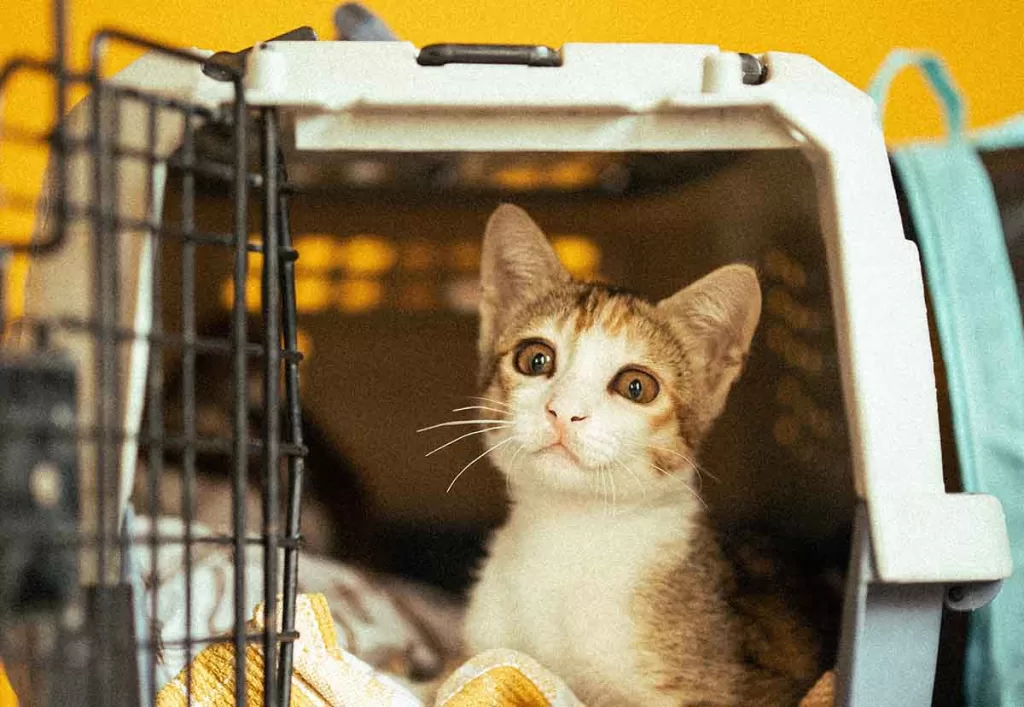
How Do I Get My Cat Through Airport Security?
Before you can board the plane, your cat must pass through airport security. The following points apply at all airports
- Pets cannot go through baggage x-ray screening.
- The pet carrier must go through baggage x-ray screening.
- All pets must be removed from their carriers and walked or carried through the security checkpoint.
Every time you open your cat’s travel carrier you risk it escaping and running away. The best way to guard against this risk is to have your cat accustomed to wearing a harness and having the harness on the cat while it is in the carrier.
Have the leash attached to the harness while in its carrier, with just the handle sticking out through a gap in the carrier door so that you can get a firm grip on the leash before the carrier door opens.
If you are not certain that you can safely get your cat through airport security using the above process, you can request a special security screening that will take place in a closed room. Plan ahead for the extra time that will be required for this.
Be sure to check with your airline for specific guidelines and requirements. Additionally, be prepared to show documentation confirming your pet’s health and vaccinations, as well as a copy of your travel itinerary.
Check out the Transit Security Administration for more information on getting your pet safely through airport security.
What Else Do I Need To Do To Prepare To Fly With My Cat?
So far, we’ve discussed getting your cat used to its travel carrier, talking to your vet about health and medications, and airline requirements and expectations for traveling with your pet.
My final recommendation for preparing to travel with your cat is to try to plan for the unexpected. What are you going to need if your flight gets delayed, or canceled mid-trip leaving you stuck at an airport?
While your cat’s travel carrier counts as your carry-on baggage, you are also allowed a personal item like a purse or a bag. It’s a good idea to use this to pack some essential items that your cat may need on the trip.
Here are some tips on things you might want to take onboard when you are flying with your cat:
- Take a small supply of their food with you just in case your flight gets delayed, along with dishes to put their food and water in.
- Pack a couple of small plastic bags of cat litter along with a collapsable canvas or vinyl litter box.
- Make sure their travel carrier is waterproof and lined with an absorbent pad that can be easily changed if the cat makes a mess in it. Don’t forget to take extra pads along with you. You might want to pack an extra blanket for their carrier in case they do make a mess.
- You are also going to need something to put the dirtied items in until you can throw them out or wash them. Take a couple of plastic bags along with you for this purpose.
- Does your cat require daily medications for health issues, such as diabetes or heart disease? Make sure to carry those with you as well.
- Make sure your cat is wearing a collar with its permanent ID with your contact information on it, just in case it somehow gets lost.
Finally, if your pet needs to travel without you, there are options for that too. We recommend checking out this service: https://www.pettravel.com/

Conclusion
Flying with your cat can be a stressful experience for everyone involved. It’s important to plan ahead and make sure that you have taken all the necessary steps to prepare for both you and your cat.
Be sure to check with your airline for any specific requirements that may apply, such as vaccinations or paperwork. And make sure that you are familiar with the airport security process to ensure that your pet’s transition is as smooth as possible.
Finally, plan ahead for any potential delays or problems by bringing along essential items like food, water, and a litter box. With these precautions in place, you can make sure that your journey together will be a success!
Links To Airline Pet Policies
Pet Travel On Delta Airlines: https://www.delta.com/us/en/pet-travel/overview
Pet Travel On United Airlines: https://www.united.com/en/us/fly/travel/traveling-with-pets.html
Pet Travel On Southwest Airlines: https://www.southwest.com/help/booking/pet-policy
Pet Travel On American Airlines: https://www.aa.com/i18n/travel-info/special-assistance/pets.jsp
Pet Travel On Skywest Airlines: https://www.skywest.com/fly-skywest-airlines/customer-information#!traveling-with-pets
